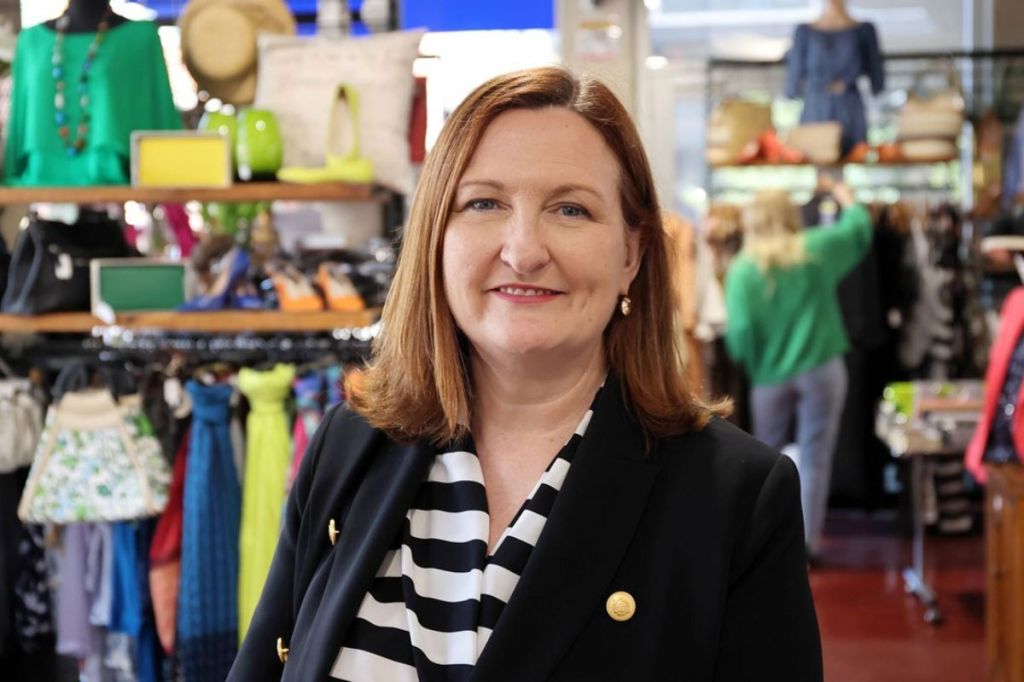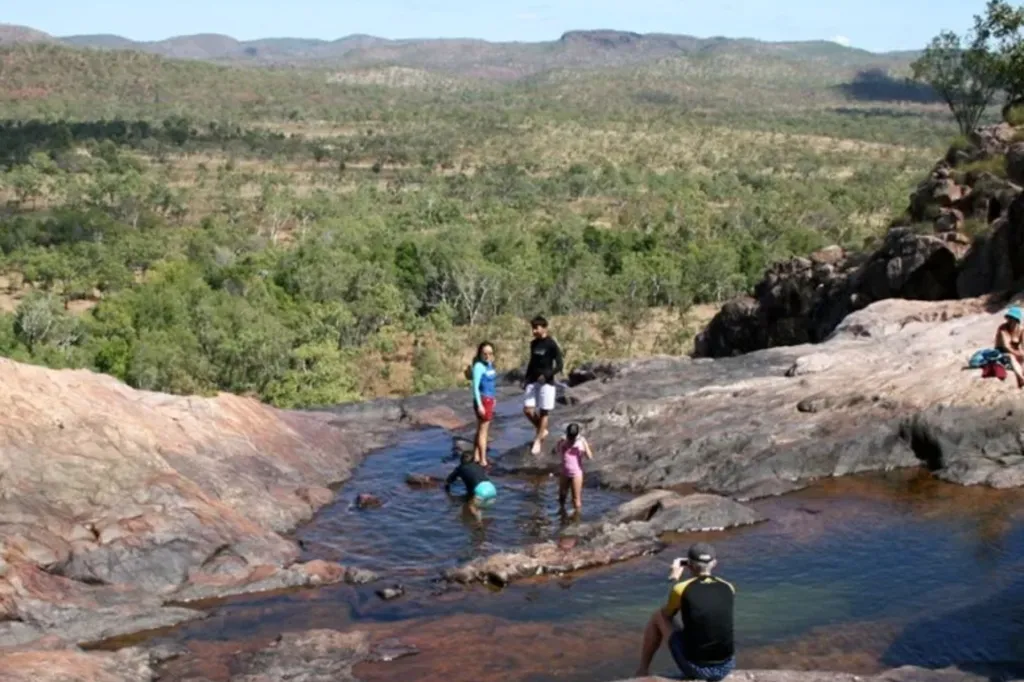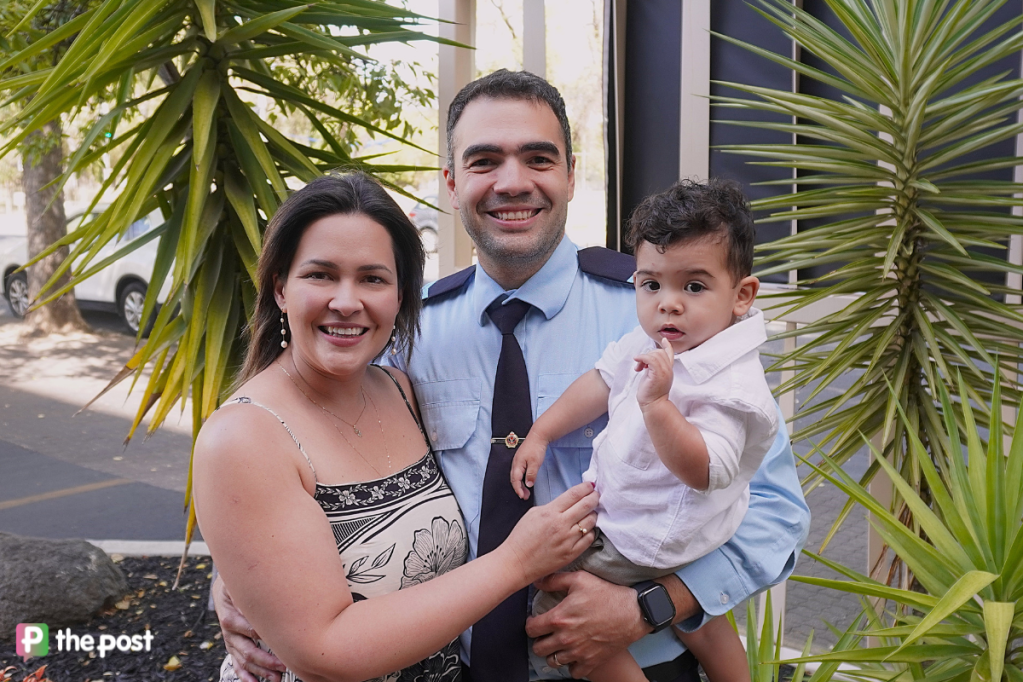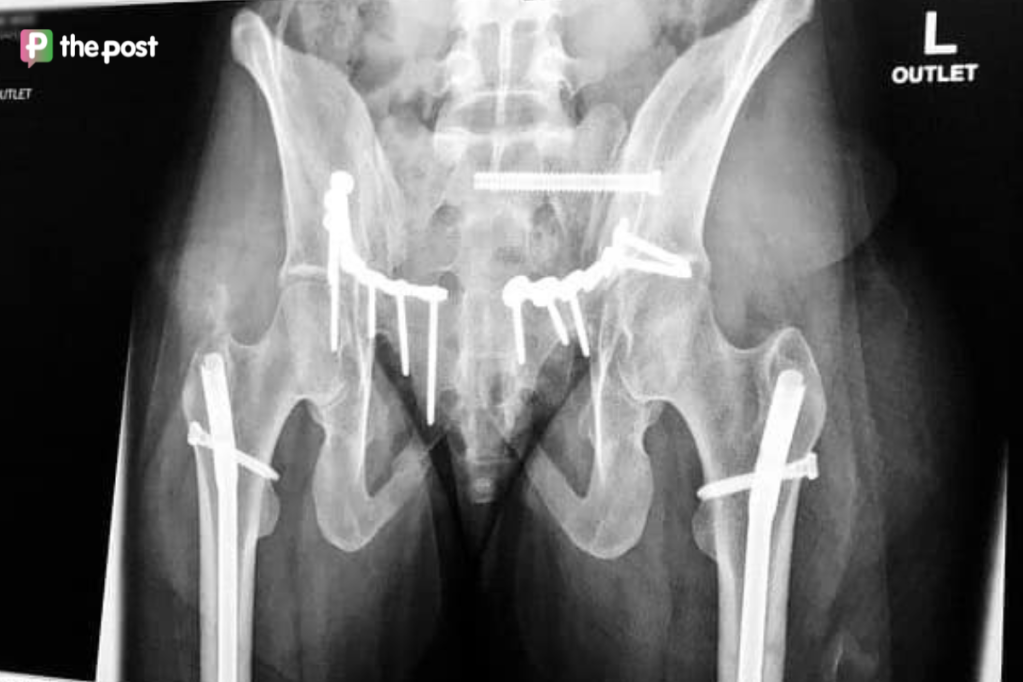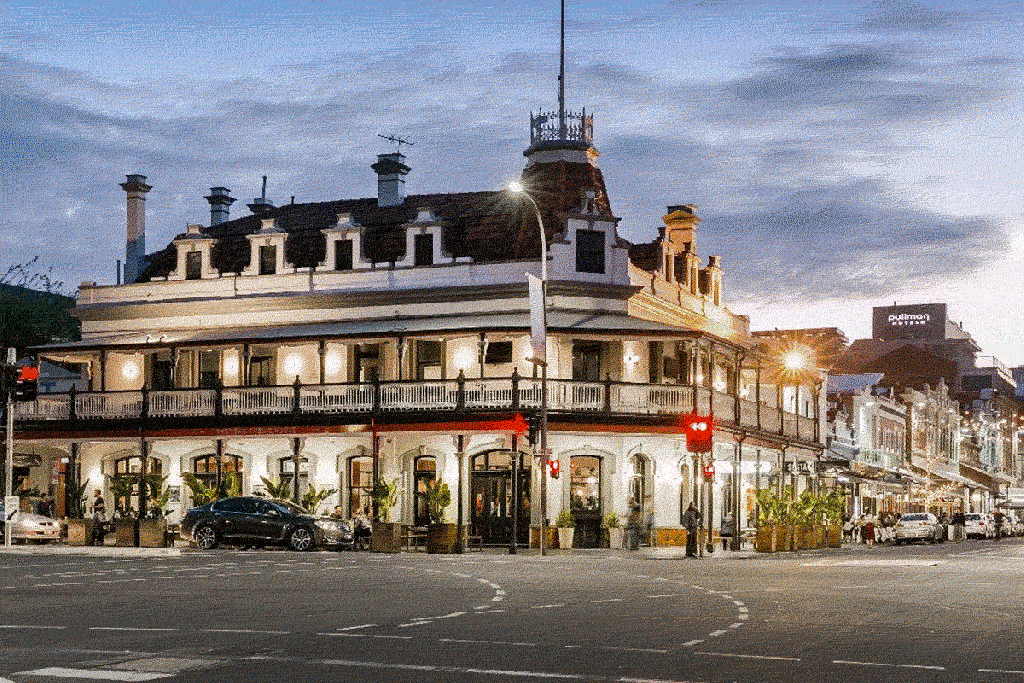The Stats Guy looks into the demographic crystal ball for 2025
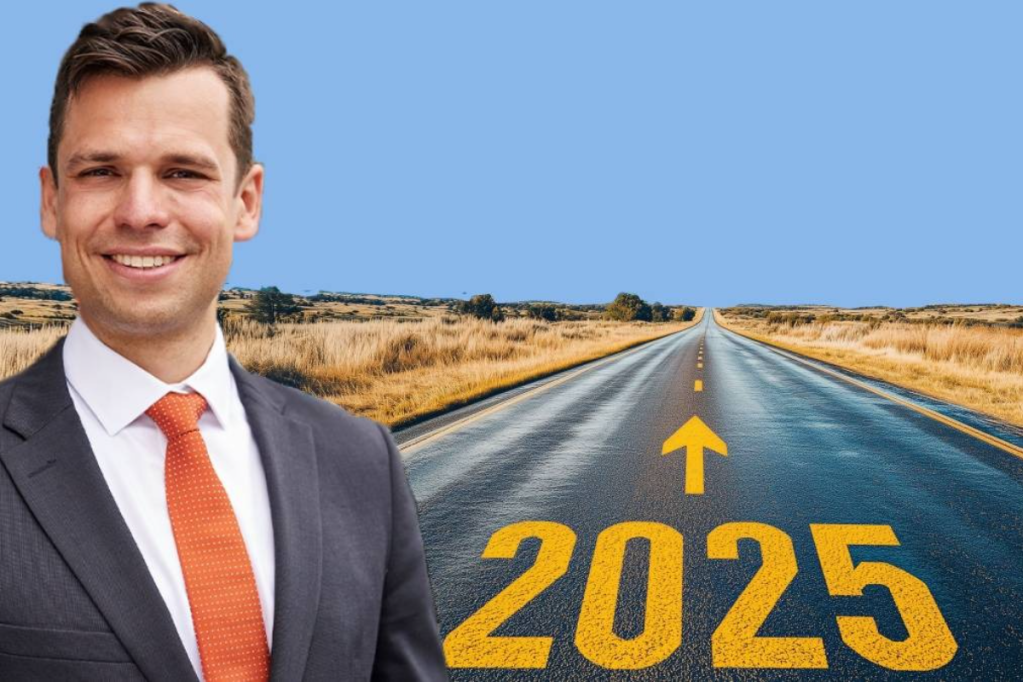
This is the time of the year to publish the most dangerous type of columns – predictions for the coming year.
I shall not be holding back and only present predictions that can be fact-checked next year. For the first 10 of 20 predictions for 2025, let’s dive right into the deep end and predict the coming Prime Minister of Australia.
1. Peter Dutton will be our next prime minister. This forecast is based on global observations and silly demographic trivia. Current polling also suggests a power shift. Around the world, incumbent parties did poorly in 2024. This trend will continue in 2025.
Most importantly, the average age of a new prime minister in Australia is 54. Wanna guess who turned 54 last month? Peter Dutton. Forecasting can be so simple sometimes…
2. One more forecast for the federal election. The share of primary votes going to third parties will go up.
Yes, I understand what preferential voting is. There will of course be a Liberal or Labor prime minister but that’s not the most interesting election result to me.
I am interested in the share of all primary votes that go to third parties. At the last election, 31.1 per cent of all primary votes went to parties other than Labor or Liberals.
The 2025 election will see a slightly higher share of votes going to third parties – despite the current economic landscape being primed for a high Liberal vote share.
3. Migration intake has peaked and will soften in 2025, but the Big Australia approach remains.
You would’ve heard things like “in the last 12 months Australia took in over 1.75 million net new migrants while we are in the middle of a housing crisis – pure madness!”.
While technically the numbers are correct, they are certainly the most fear-mongering interpretation of the data. Let’s compare the net migration intake in the 14 quarters since the pandemic with the equivalent period before the pandemic.
You might like
Australia added 2.4 million net new migrants since the pandemic which is a solid million less than in the 14 quarters leading up to the pandemic (3.4 million).
The reason we saw record migrant intakes on a quarterly level recently is simple: we took in a huge backlog of international students.
Now that all international student spots are filled and student visas have been tightened, we will see significantly lower migration figures in 2025 when compared to the peak.
4. Birthrates continue to fall. We recently saw our national total fertility rate (TFR), which is often (incorrectly referred to as the birth rate), fall to 1.5 children per woman.
This is not the end of the line. In 2025 we will see the birth rate data for 2024. A new record low is all but guaranteed at this point.
To drive up births, we’d need to create a general sense of optimism and significantly ease the cost-of-living crisis. This won’t occur. I’d expect 1.4 births per women in the next iteration of our national birth data.
5. Unemployment to remain below 5 per cent even if the national economy were to experience a recession.
Economists are still astonished by the fact that despite interest rates have been elevated for so long (which led to cost-of-living pressures hurting low-income households) our unemployment rate stayed low.
The forgotten demographic piece of the puzzle is pretty simple: We are running out of working-age people at the same time.
In past economic crises, we always had a sizeable working-age population to draw from. Now the working-age cohort is contracting.
In 2025, no matter how the economy is doing, we will not see unemployment creeping over the 5 per cent hurdle.
6. Greenfield sites will dominate population growth. I applaud the efforts to densify our cities. Densification is the right move from an urban planning perspective.
Australia has famously low population density – on average each Aussie taxpayer must pay for four times as many kilometres of sewage, electricity wires, and roads when compared to European taxpayers. It allows us to minimise infrastructure costs, is more environmentally friendly, and is in line with all urban planning strategies currently in place.
The system wants to shift towards more medium- and high-density dwellings. It won’t happen though.
In 2025, and likely well into the future, we will see the majority of population growth occur on greenfield sites. As things stand right now, building on the fringe is cheaper and faster than building medium-density dwellings in the established suburbs.
Stay informed, daily
Building a square meter of housing on the urban fringe costs about a third of a square meter of medium-density housing in an established suburb. As long as urban sprawl is cheaper and faster to develop than medium density, greenfield is where the growth will occur.
7. This leads to our next forecast: Melbourne will become Australia’s most affordable capital city. It’s hard to say if this will occur already in 2025 but it will be more affordable than most capitals.
Other capital cities reach physical boundaries that hem in their growth, while Melbourne can sprawl endlessly (at least until it grows into the suburbs of Adelaide).
Other cities have to build up (at a higher price) while Melbourne can build out (at a lower price). Melbourne will see the highest population growth figures; will attract Millennial families hunting for family-sized housing; will inch towards becoming Australia’s biggest city.
Since Melbourne adds more of the more affordable housing type than other cities, relative affordability improves. Unfortunately, urban sprawl drives infrastructure maintenance costs up – not a promising long-term outlook for the broke state of Victoria.
8. Australia continues to become more multicultural. This forecast is extremely simplistic, and I feel a bit silly for including it, but it speaks to a fundamental truth about our future.
More than two-thirds of population growth stems from migration, while less than a third comes from natural increase (more births than deaths). The share of the Australian population that was born overseas will continue to move up.
The increasing multiculturalisation of Australia should be seen as a given. This is not a call to fatalistic thinking, but rather a rallying cry to tackle the challenges associated with a culture that quickly diversifies.
We must constantly retell our collective Australian mythology to people who arrive here in their 20s and 30s rather than at birth. In this context mythology doesn’t refer to vengeful gods but rather the discussion of what it means to be Australian: what values bind the nation together.
This retelling of Australian myths is as important as the basic screening of new migrants to ensure they meet language and qualification requirements.
9. Australia continues to grow older. Another obvious and undisputedly correct prediction.
Australia is growing older every day. This brings with it very predictable challenges. We must double the aged care workforce in 14 years if we were to continue to operate an aged care system similar to today’s one by 2038.
The shortage of aged care workers will be horrendous – there is no chance that the bottom quarter of the socioeconomic spectrum will get the care they deserve.
We must start the systemic transformation of our aged care system now. Thankfully Australia is a rich country that can afford to grow old.
I hope that this obvious forecast of our aging nation acts as a reminder for governments and care providers to start the reinvention of our aged care system in 2025.
10. Age dependent homeownership rates will continue to fall. Be wary when you read about the Australian homeownership rate in 2025. We might very well see the overall homeownership climb upwards in 2025.
As I described a few years ago, Australia pushes more members of the biggest generation (Millennials) from the typical renting stage of the lifecycle into the typical homeownership stage as they make babies.
This will most certainly drive up the overall homeownership rate but the conclusion here mustn’t be that housing became more affordable.
It is absolutely certain that age dependent homeownership rates (say the share of people aged 30, 40, 50, or 60 that own the property they live in) will continue to decline. Even if 2025 will see house prices in your city or region fall, housing will not become “affordable” this year.
That’s enough forecasting for now. Next week we will discuss cars, tourism, gender, and indoor play centres.
Demographer Simon Kuestenmacher is a co-founder of The Demographics Group. His columns, media commentary and public speaking focus on current socio-demographic trends and how these impact Australia. His podcast, Demographics Decoded, explores the world through the demographic lens. Follow Simon on Twitter (X), Facebook, LinkedIn for daily data insights in short format.
